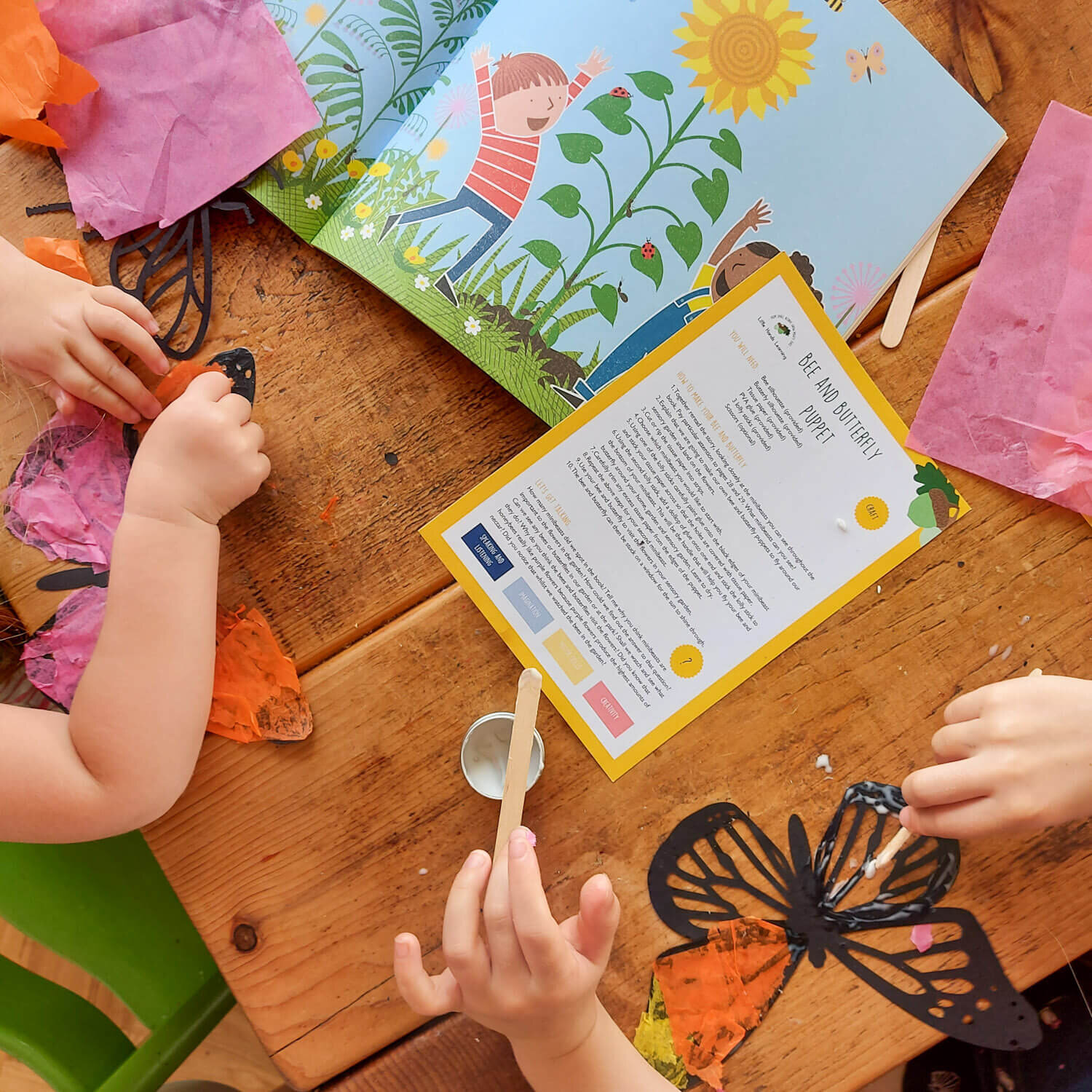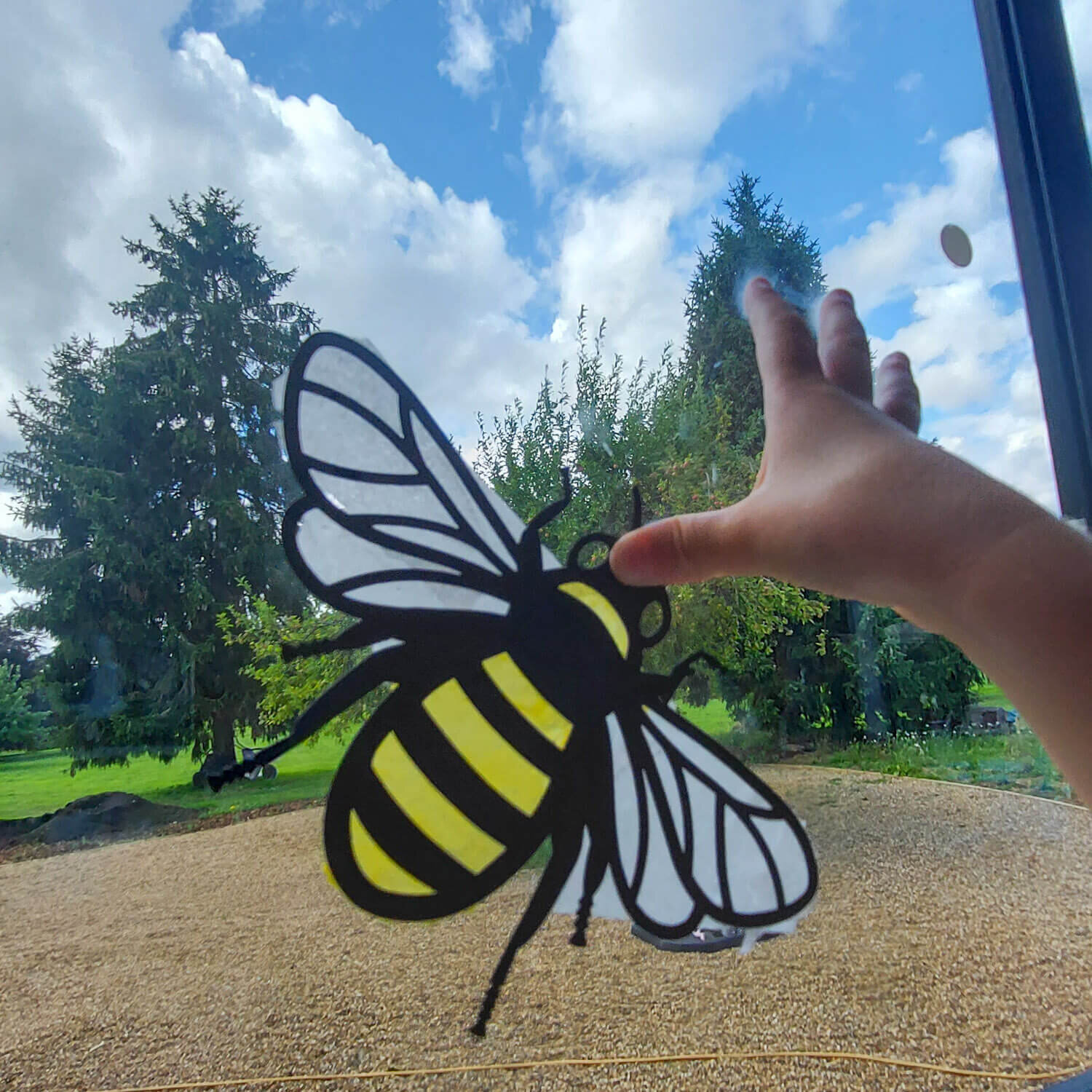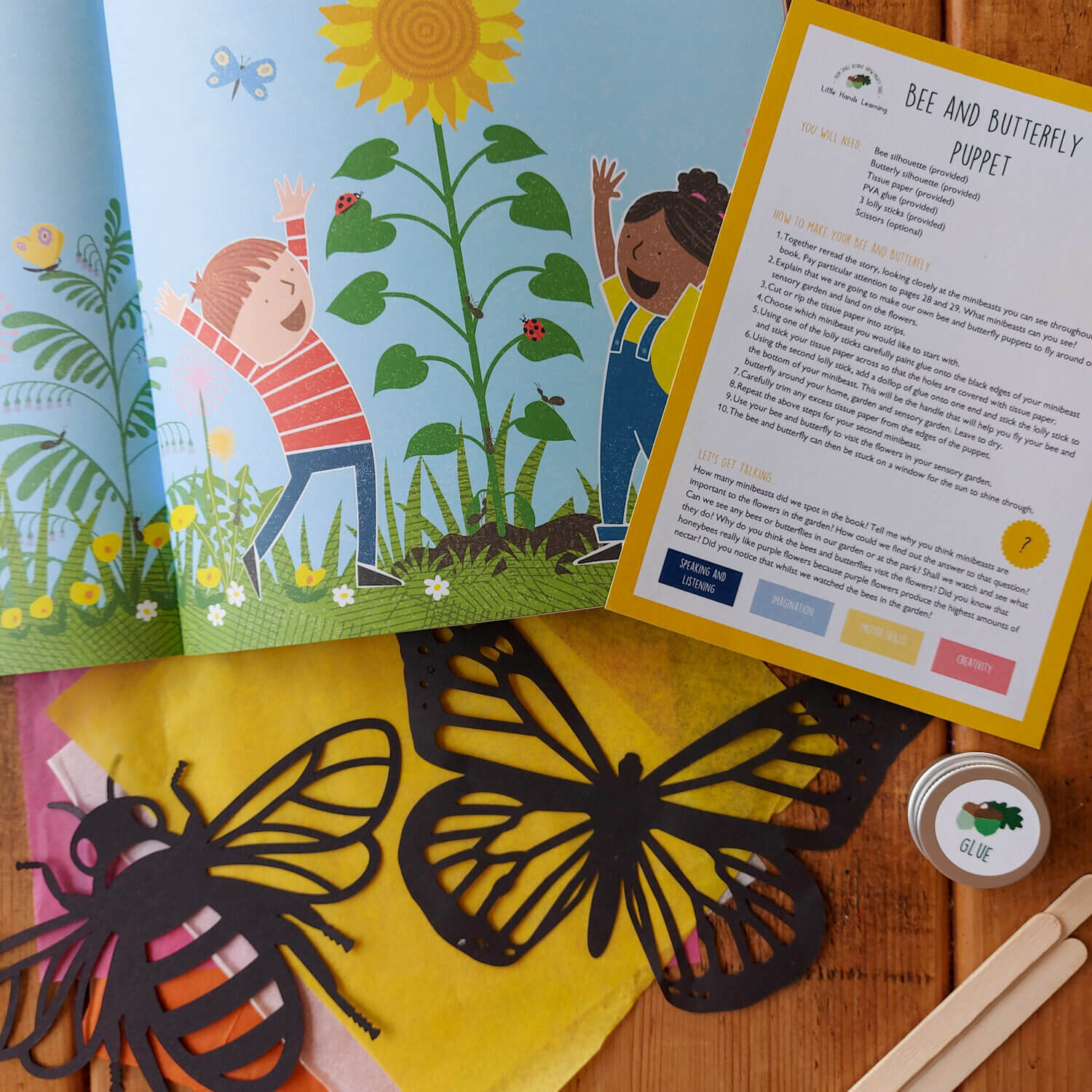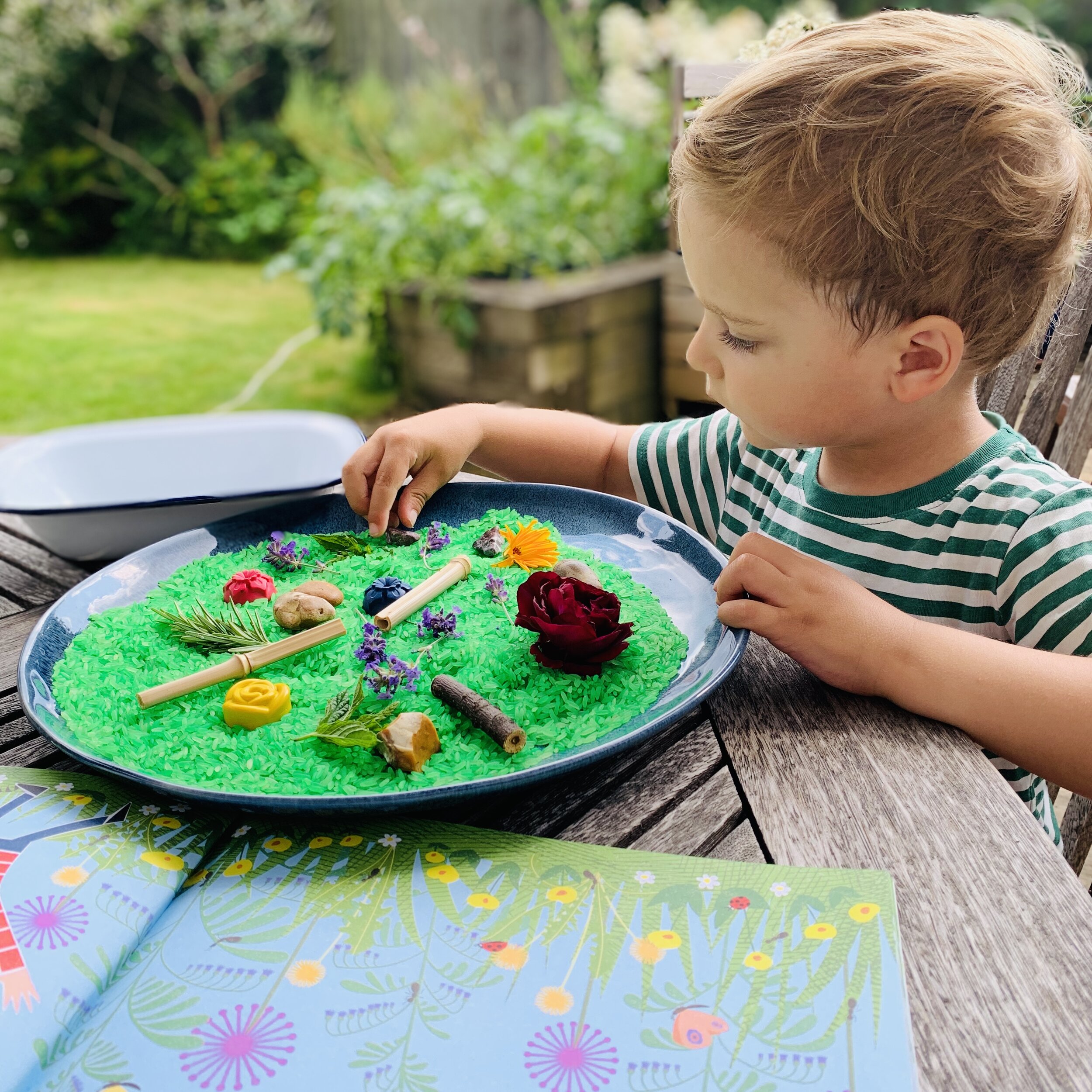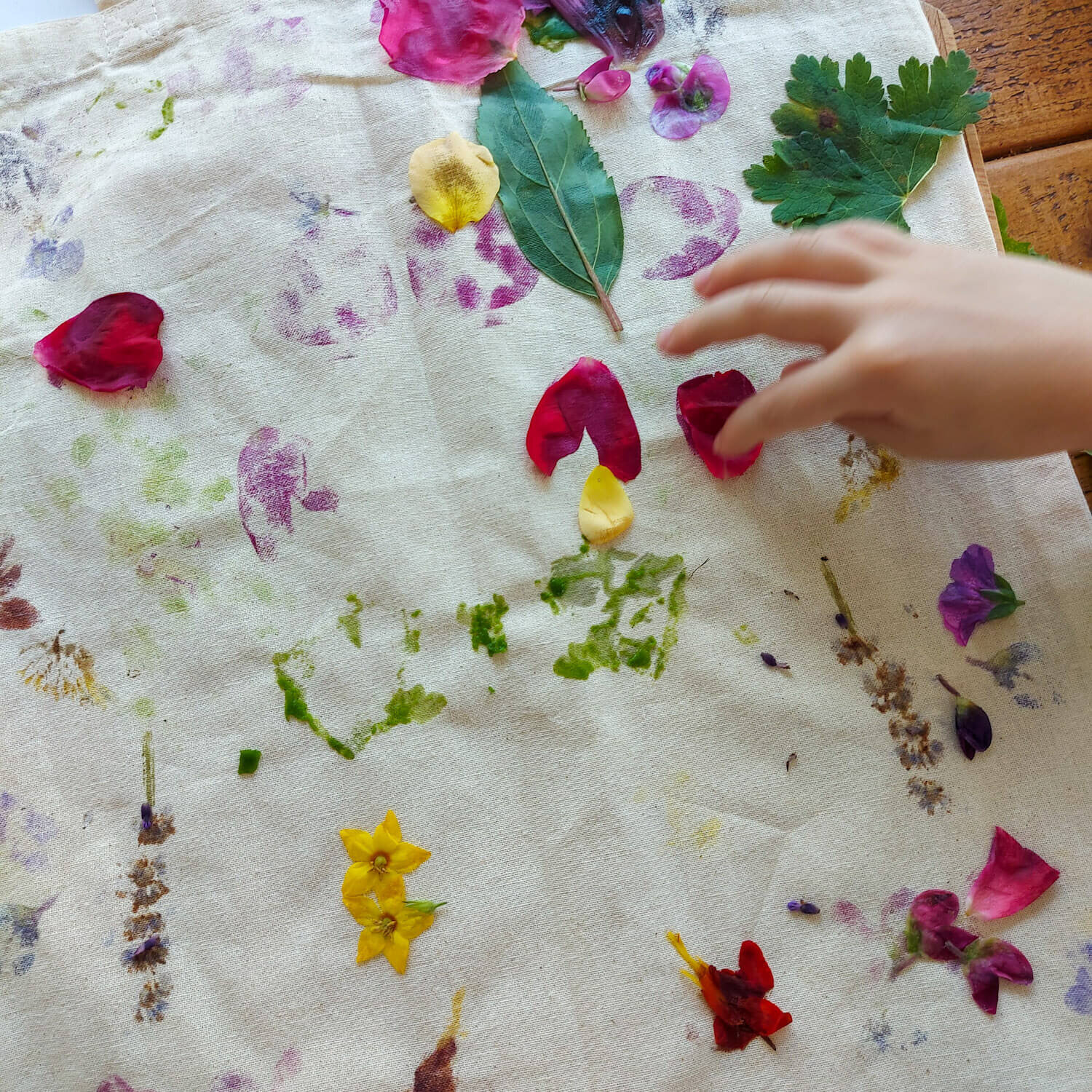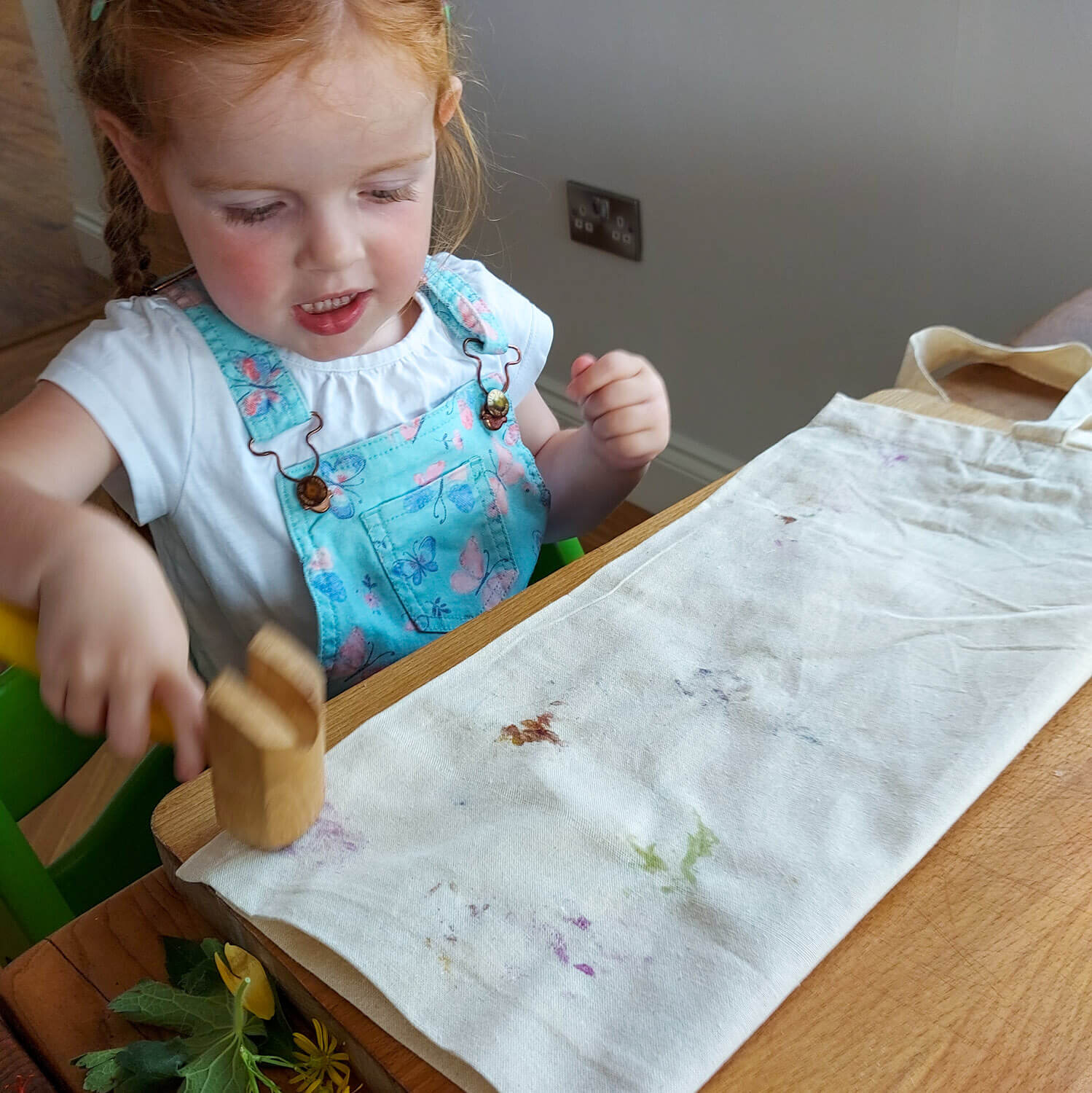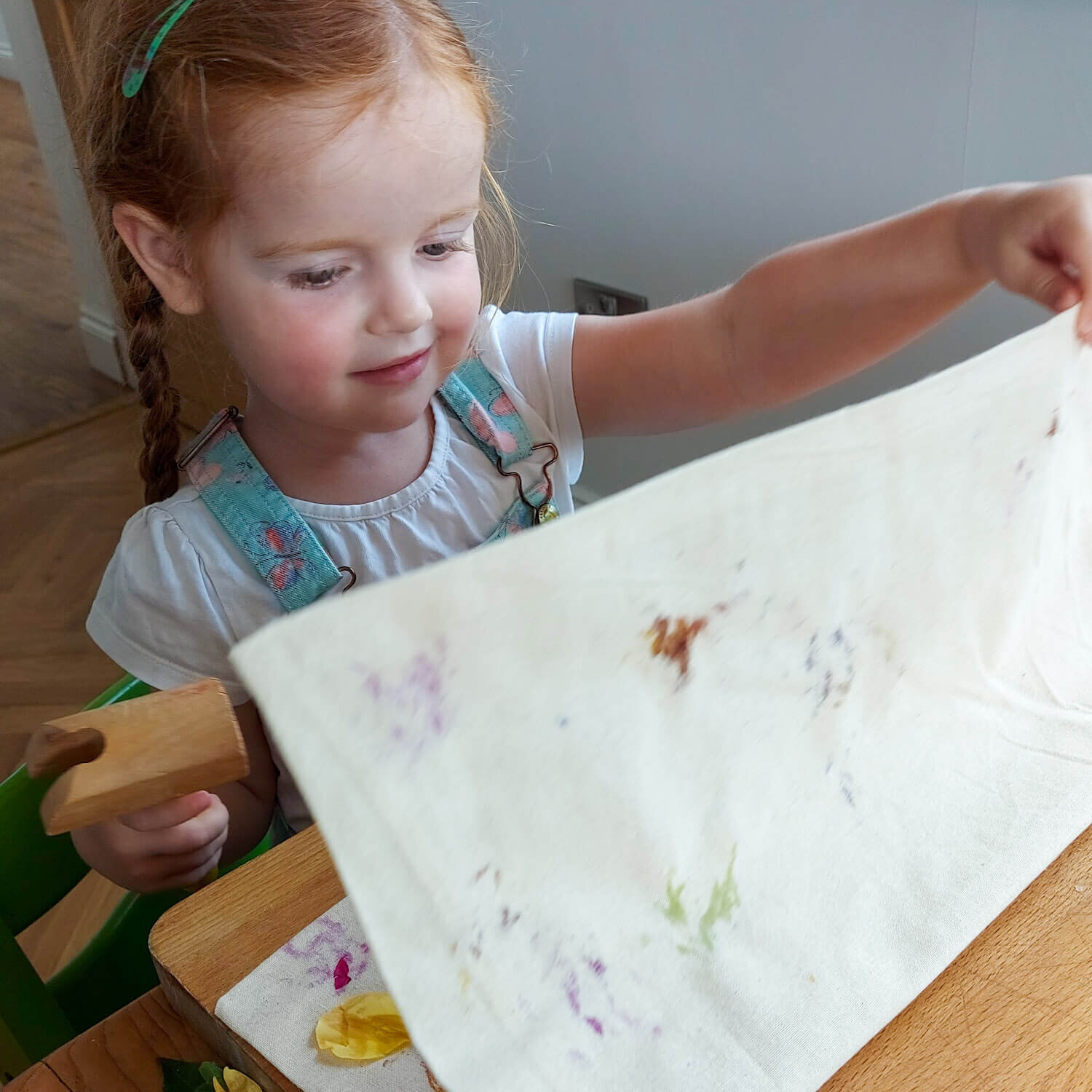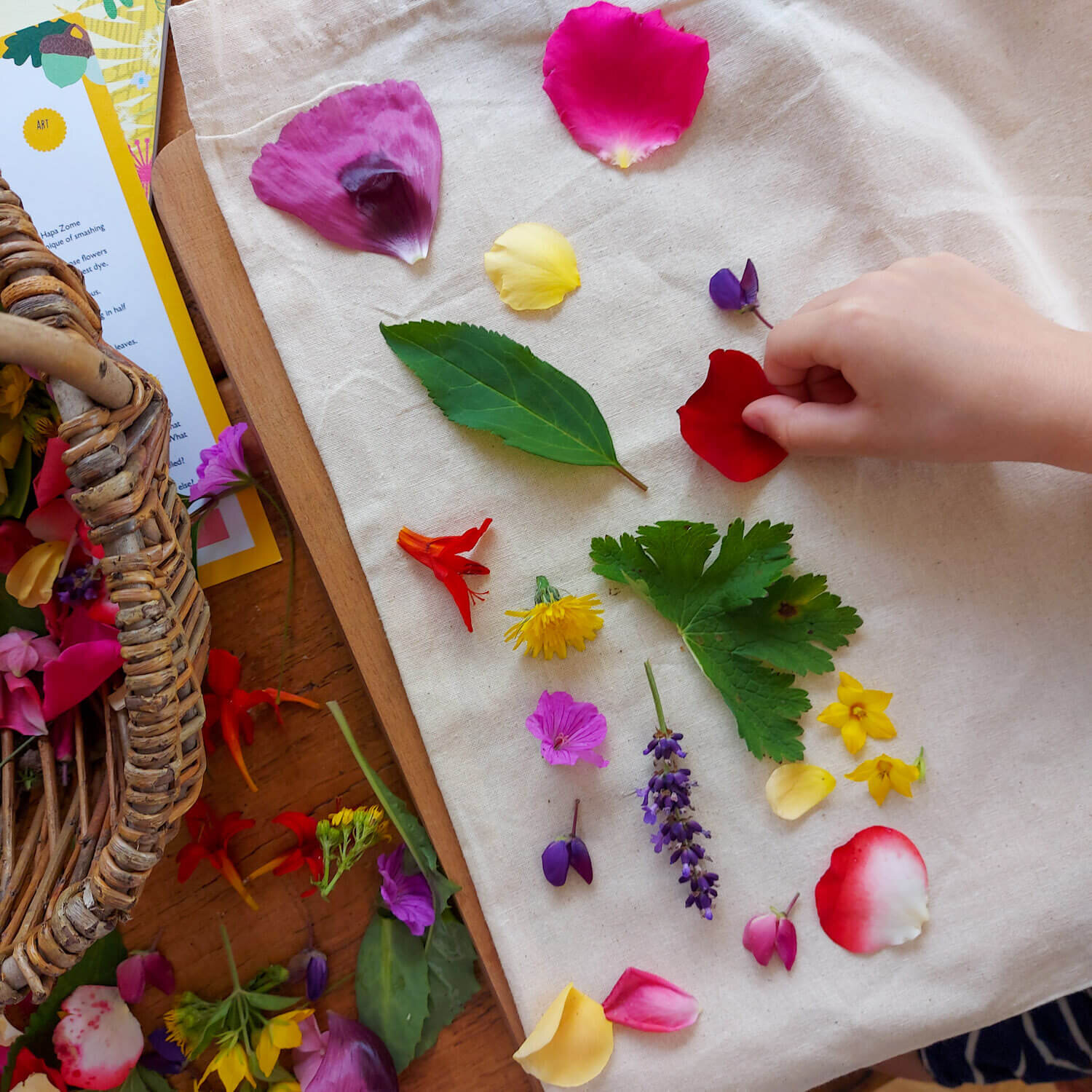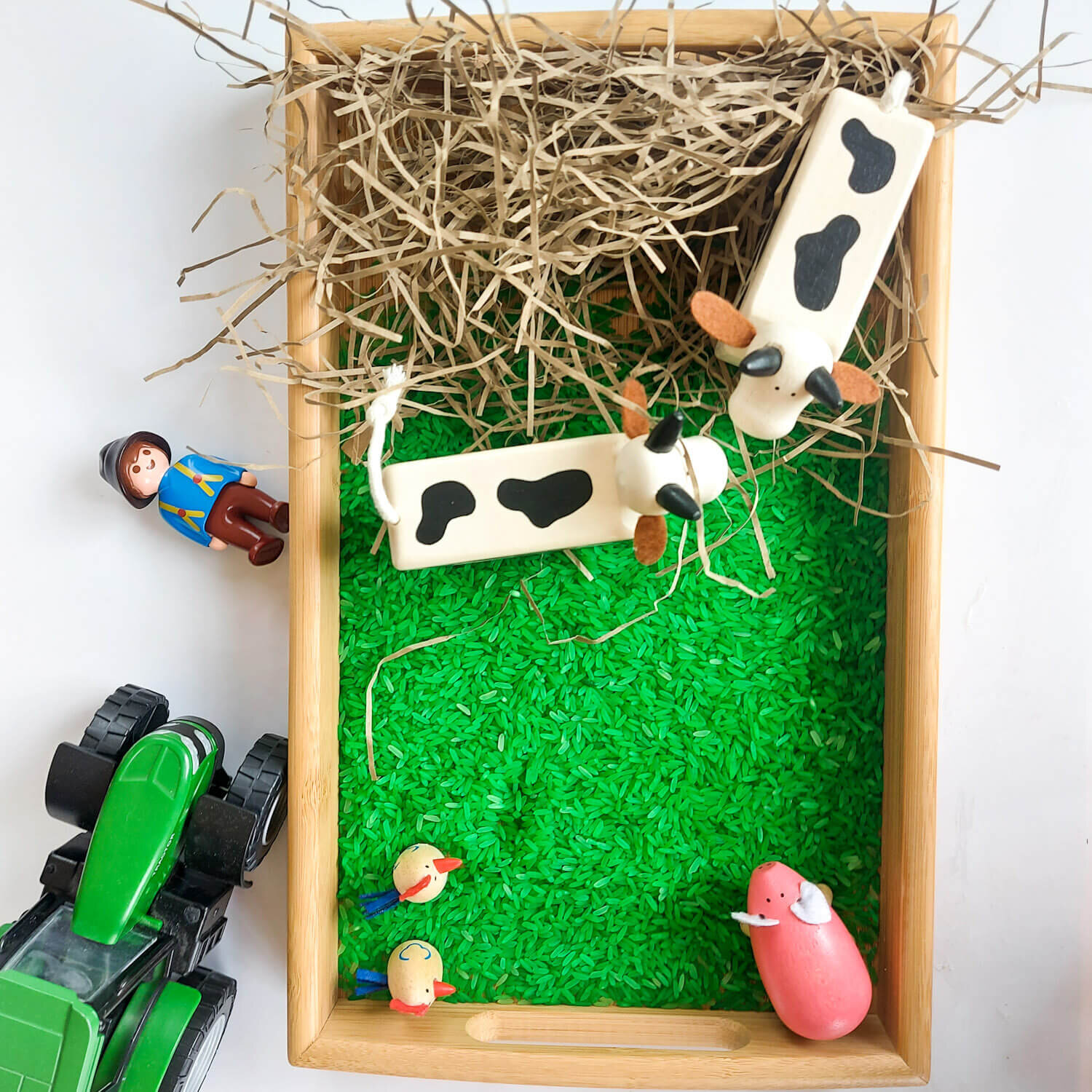Seeds and Flowers
This month’s activities are inspired by Rob Ramsden’s brilliant book We Found a Seed. These activities are designed to help you and your child get outside and exploring nature, whilst discussing the importance of bees and how plants grow from seeds.
These simple but fun activities are perfect to try with toddlers and older kids during the summer!
Bee and Butterfly Puppet
My two love all thing bee or butterfly related so these were a sure fire hit. This activity was simple to set up and the end result was beautifully effective. Using our bee and butterfly silhouette and the coloured tissue paper from our Seeds and Flowers activity box we started by applying glue around the edges of the silhouette. The glue did get on the table but is easy to wash off. As soon as we added some of the coloured tissue paper we held it up to the light and the girls were instantly impressed by the effect and were keen to carry on. Once the tissue paper covered all the holes on the silhouettes I used scissors to trim any bits that were sticking over the edges. M did not want to add the lollipop stick onto hers as she was keen to keep them on the window. They look beautiful catching the sunlight and the girls are incredibly proud of their handiwork!
Sensory Garden
This activity uses the bee and butterfly puppets from the previous activity, the green sensory rice and the flower crayons. Before we started building the sensory garden we went around our garden looking for different natural treasures to add. I then let my son design his sensory garden exactly as he wished and I sat back, watched and chatted with him.
Printed Bag
This craft activity was a lot of fun and got us outside looking at flowers and leaves. We headed outside and got collecting. We tried to choose flowers that were darker in colour and leaves that were “juicy”. Unfortunately the blackberries were still green as otherwise they would have added a great colour. Then we headed back to arrange the flowers and leaves onto the bag. My two were incredible careful as two where they decided to place the petals and leaves. I had expected that they would just try and throw on as many as they could but they placed each one with consideration and didn’t want to add too many. We folded the bags in half length ways and covered with a piece of carboard. Next the hammering could begin! After a bit of hammering we were all keen to have a look. And it was great to see the colours starting to come through. After having a look we kept the cardboard off whilst we hammered as it wasn’t too messy and we enjoyed seeing the explosion of colours as we hammered the fabric! The girls were so impressed with the colours and shapes they could see on their bags and are looking forward to using them!
Calendula Seeds
For this, we sent two compost pellets and the seeds. You will need to find a container. We used an old egg box which was perfect. We soaked both compost pellets before mixing the peat-free compost together and then adding compost to each egg hole. My son then carefully placed each seed into an egg hole, covered with more peat-free compost and then giving them a good water. They are sat outside and we have some tiny little shoots already emerging.
If you receive your box later in the month and September is a cold month, don’t worry. Keep your seeds and compost somewhere safe and the seeds will rest and pop out in the spring.
Letter hunt
For this activity, I created a simple chart on the lid of the activity box and drew four of the different features of the book and wrote their names underneath but missed the initial letter of each word. I cut up some remaining cardboard and wrote the initial sounds on and hid them under the green sensory rice.
It was my son’s job to hunt for the letters in the rice and work out which word and picture they belonged to.
This activity could easily be adapted for older children by hiding the middle or end sounds of the words or the entire word itself.
This is an activity I will leave out for my son to complete independently now that we have completed the activity together.
Flowers in cardboard
For the activity, I simply drew the stem and leaves of a flower and made holes for the flowers to be threaded through. We used the flowers we had collected for the sensory garden and we threaded each flower into the hole.
A really lovely calming activity to do together after a busy day.
Farm small world
Small world is always a hit with my children. And at the moment they are animal fans especially any that we see locally in the countryside. So I decided to use the green sensory rice and the packaging shredded paper from our August activity box to set up this farm small world. I sat and chatted whilst they played. F was keen that all the animals did lots of jumping up and down and stomping. But then her play became more complicated and she involved the farmer in some story type narratives where his tractor had broken down and asked a cow to give him a ride back home. This activity is so simple to set up and is great for developing language. It is also a great way to spend some time together. This activity was then left out for my two to return to independently!
Carnation experiment
This was an experiment I remembered doing at school and was a great way to show how flowers drink up the water in the soil.
I had pink carnations from a bouquet I had received and added red, blue and green food colouring to test tubes before topping up with water. We then carefully placed a carnation into each test tube and now we watch and wait.
This would work better with white carnations and would also work with celery.

